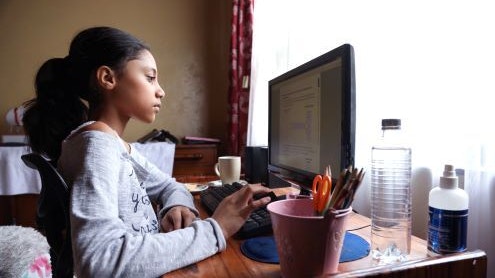Homepage
•
Learning Library
•
Blog
•
3 ways to make remote learning more engaging
Expand breadcrumbs
Expand breadcrumbs
- Learning Library
- Blog
- 3 ways to make remote learning more engaging
- Homepage
- •
- Learning Library
- •
- Blog
- •
- 3 ways to make remote learning more engaging
3 ways to make remote learning more engaging
By Jorge Valenzuela
April 23, 2020








